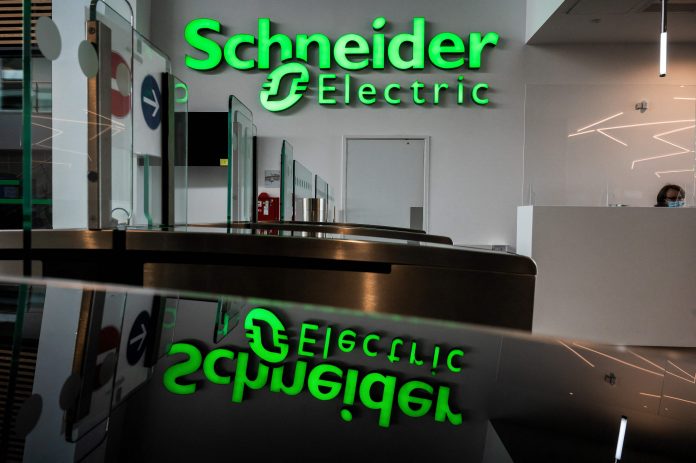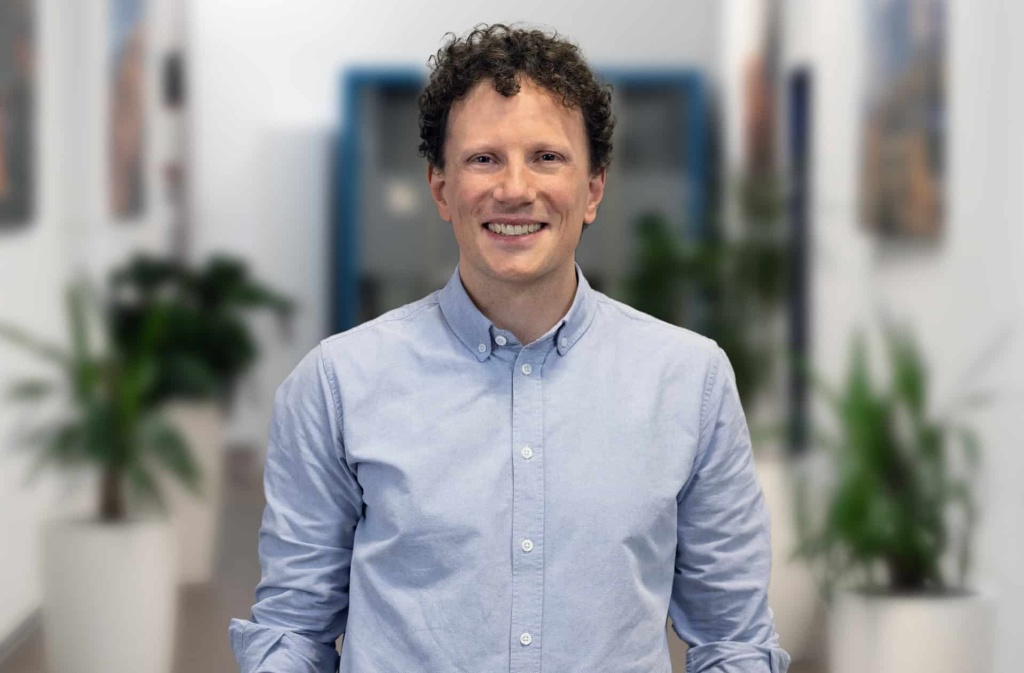Schneider Electric Signs 31,000-Ton Carbon Removal Agreement with Climeworks

- Schneider Electric commits to removing 31,000 tons of CO₂ by 2039 through high-durability carbon removal.
- First-of-its-kind purchase for Schneider Electric; largest-ever portfolio agreement for Climeworks.
- Partnership spans Direct Air Capture, Bioenergy with CCS, and Enhanced Rock Weathering to advance cost reductions and global net-zero readiness.
Schneider Electric has entered its first major high-durability carbon removal deal, signing a multi-year agreement with Swiss-based Climeworks to remove 31,000 tons of carbon dioxide by 2039.
The contract is the largest portfolio agreement Climeworks has secured to date. It positions Schneider Electric, a global leader in energy management and automation, among the early corporate adopters of technology-based removals seen as essential for achieving global net-zero targets.
Net-zero commitments through 2050
Climeworks will deliver the removals using three methods: Direct Air Capture and Storage (DACS), Bioenergy with Carbon Capture and Storage (BECCS), and Enhanced Rock Weathering (ERW). Each locks away carbon for thousands of years.
For Schneider Electric, the move aligns with its validated Science Based Targets initiative (SBTi) pathway. The company aims to cut Scope 1 and 2 emissions by 90% by 2030 from a 2017 baseline and reach net zero across its value chain by 2050. Residual emissions after deep reductions will be neutralized with removals.
“Both carbon removal and carbon reduction are fundamental to achieving our climate goals,” said Esther Finidori, Chief Sustainability Officer at Schneider Electric. “This agreement represents an important step in diversifying our carbon removal portfolio with high-durability solutions and adds to our carbon removal capabilities as we prepare for the journey to 2050.”

Expanding the carbon removal portfolio
Schneider Electric’s agreement comes as corporate net-zero standards tighten. The SBTi’s Corporate Net-Zero Standard, adopted by the company in 2022, requires deep decarbonization paired with high-quality removals. Future revisions to the standard are expected to set binding milestones on carbon removal volumes, adding urgency for companies to secure long-term supply.
Schneider Electric continues to invest in nature-based solutions through vehicles such as the Livelihoods Carbon Fund and its subsidiary EcoAct, which advises and develops carbon credit projects. The partnership with Climeworks, however, signals a deliberate expansion into high-durability solutions alongside nature-based approaches.
RELATED ARTICLE: Schneider Electric’s Building Decarbonization Calculator Accelerates Net Zero Pathways
Climeworks co-founder and co-CEO Christoph Gebald described the deal as pivotal: “Schneider Electric is nothing short of an institution, and we are proud to provide them with the most durable carbon removal available. Our collaboration will not only help to further accelerate the cost-reduction trajectory of Direct Air Capture, but also demonstrates that climate action and economic foresight go hand in hand.”

Scaling to global demand
Carbon removal at scale requires infrastructure akin to heavy industry. Direct Air Capture and BECCS involve capital-intensive facilities, while ERW demands rigorous monitoring and verification frameworks. Climeworks’ strategy is to use long-term corporate commitments like Schneider Electric’s to signal demand to project developers and investors, lowering costs over time.
The collaboration will also explore technology innovations to enhance energy efficiency in Direct Air Capture, one of the most expensive but durable removal pathways today.
Strategic implications for C-suites and investors
For corporates, the agreement illustrates how early commitments to high-durability removals can de-risk long-term net-zero strategies, particularly as regulators and standard setters move toward mandatory removal requirements. For investors, it signals where capital may flow in the next decade: large-scale infrastructure for engineered carbon removal.
Climeworks has built a quality assessment framework to evaluate projects against trust, impact, and risk criteria, and works only with third-party certified suppliers. This approach reflects growing investor and buyer demand for transparency in carbon markets.
Looking ahead
Global carbon removal needs are measured in billions of tons annually by mid-century. Schneider Electric’s commitment represents a fraction of that demand, but it adds pressure to scale solutions now rather than later. Long-term offtake agreements from large corporates are emerging as the foundation for building that capacity.
For global business leaders, the deal shows a shift: carbon removal is no longer optional. It is becoming a core component of credible net-zero pathways—and the companies moving early may help shape both the economics and governance of this emerging sector.
Follow ESG News on LinkedIn












